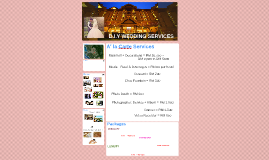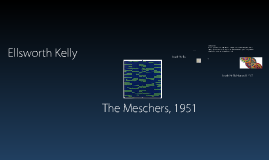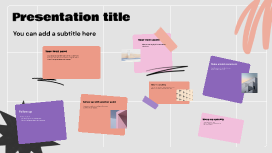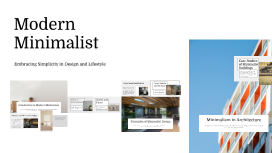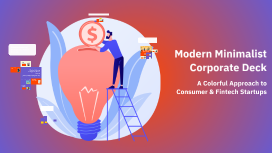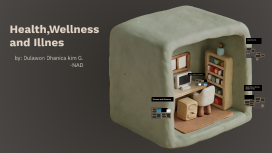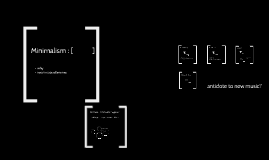Minimalist PowerPoint Design
Transcript: Health,Wellness and Illnes OBJECTIVES: -Provides general definition of health, wellness and illness. -Draw and label the health and wellbness continuum. -Identify barriers of health.wellness and illness. Health Health was defined in terms of the presence or absence of disease The World Health Organization (WHO, 1948) takes a more holistic view of health. Its constitution defines health as “a state of complete physical, mental, and social well-being, and not merely the absence of disease or infirmity. Florence Nightingale (1860/1969) Defined health as a state of being well and using every power the individual possesses to the fullest extent. Wellness is a state of well-being. ANA (2010) Population Health Emphasizes the centrality of nursing over other health disciplines. Components of Wellness Environmental Occupational Intellectual Spiritual Physical Emotional Social Well-being is a component of health aspects of public health, healthcare delivery systems, and determinants of wellness and illness, emphasizing promotion, restoration, and maintenance of wellness and prevention of disease. American Nurses Association (ANA) states, “Health and illness are human experiences. The presence of illness does not preclude health, nor does optimal health preclude illness” Models of Health and Wellness Clinical Model The narrowest interpretation of health occurs in the clinical model. Individuals are viewed as physiologic systems with related functions, and health is identified by the absence of signs and symptoms of disease or injury. by: Dulawon Dhanica kim G. -NAD Models of Health and Wellness Role Performance Model Health is defined in terms of an individual’s ability to fulfill societal roles, that is, to perform his or her work. Agent–Host–Environment Model Health–illness scales (grids or continua) -can be used to measure an individual’s perceived level of wellness. Agent–Host–Environment Model The agent–host–environment model of health and illness, also called the ecologic model, originated in the community health work of Leavell and Clark (1965) and has been expanded into a general theory of the multiple causes of disease. Eudaimonistic Model The eudaimonistic model incorporates a comprehensive view of health. Health is seen as a condition of actualization or realization of an individual’s potential. Adaptive Model In the adaptive model, health is a creative process; disease is a failure in adaptation, or maladaptation. The aim of treatment is to restore the ability of the individual to adapt, that is, to cope. Dunn’s High-Level Wellness Grid Illness–Wellness Continuum Dunn (1959) described a health grid in which a health axis and an environmental axis intersect. This is achieved through health knowledge, disease prevention, health promotion, and positive attitude. Health Status, Beliefs, and Behaviors Health Status State of health of an individual at a given time. External variables affecting health include the physical environment, standards of living, family and cultural beliefs, and social support networks. Internal variables include biological, psychologic, and cognitive dimensions. They are often described as non-modifiable variables because, for the most part, they cannot be changed. Developmental level has a major impact on health status. Consider these examples: Illness and Disease Psychologic Dimension Psychologic (emotional) factors influencing health include mind–body interactions and self-concept. •Infants lack physiologic and psychologic maturity, so their defenses against disease are lower during the first years of life. •Toddlers who are learning to walk are more prone to falls and injury than are older children. Biological Dimension Genetic makeup, sex, age, and developmental level all significantly influence an individual’s health. Age is also a significant factor. The distribution of disease varies with age. Mind–body interactions can affect health status positively or negatively. Emotional responses to stress affect body function. Genetic makeup influences biological characteristics, innate temperament, activity level, and intellectual potential. It has been related to susceptibility to specific disease, such as diabetes and breast cancer Lifestyle refers to an individual’s general way of living, including those living conditions and individual patterns of behavior that are influenced by sociocultural factors and personal characteristics. Self-concept is how an individual feels about self and perceives the physical self, needs, roles, and abilities. Lifestyle refers to an individual’s general way of living, including those living conditions and individual patterns of behavior that are influenced by sociocultural factors and personal characteristics. Cognitive Dimension intellectual factors influencing health include lifestyle choices and spiritual and religious beliefs. Classify illness and disease Illness is a highly personal state in which the individual’s physical, emotional, intellectual,






